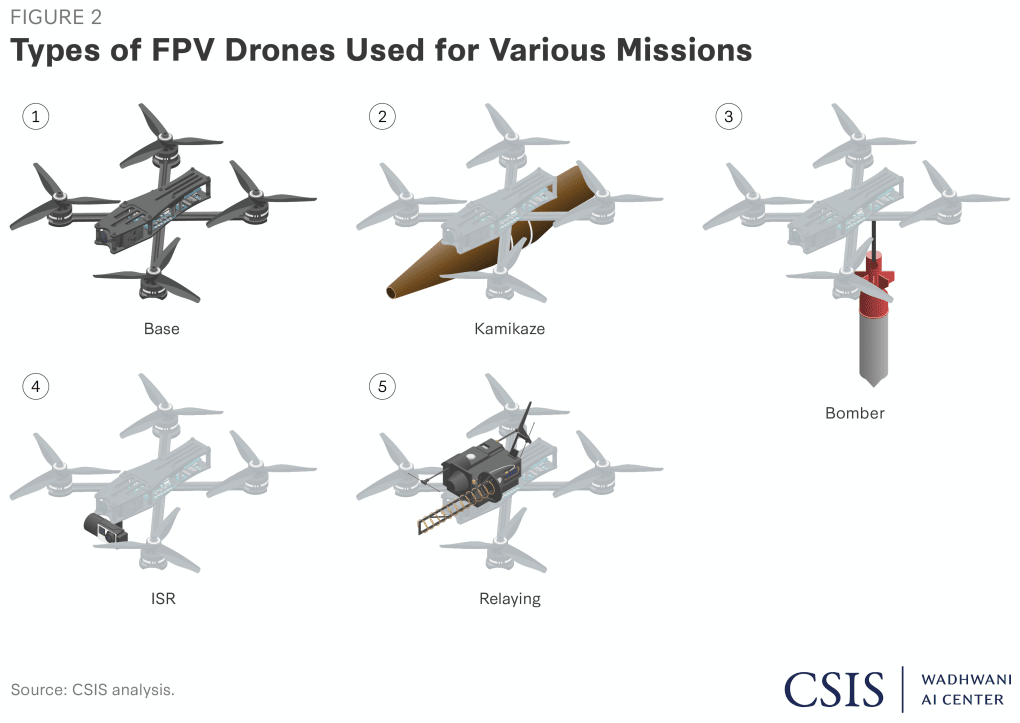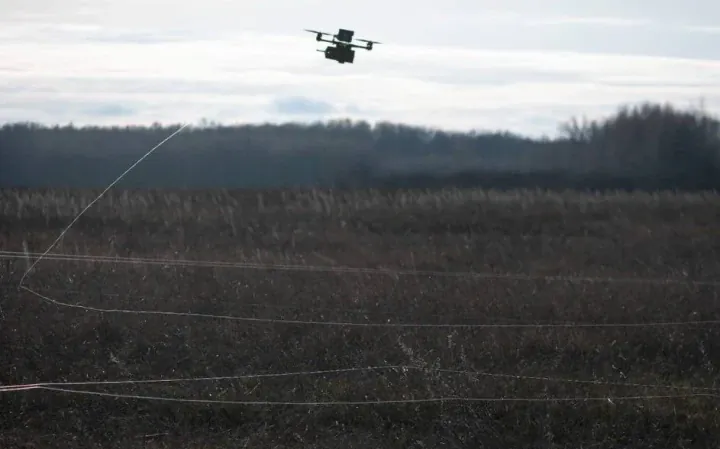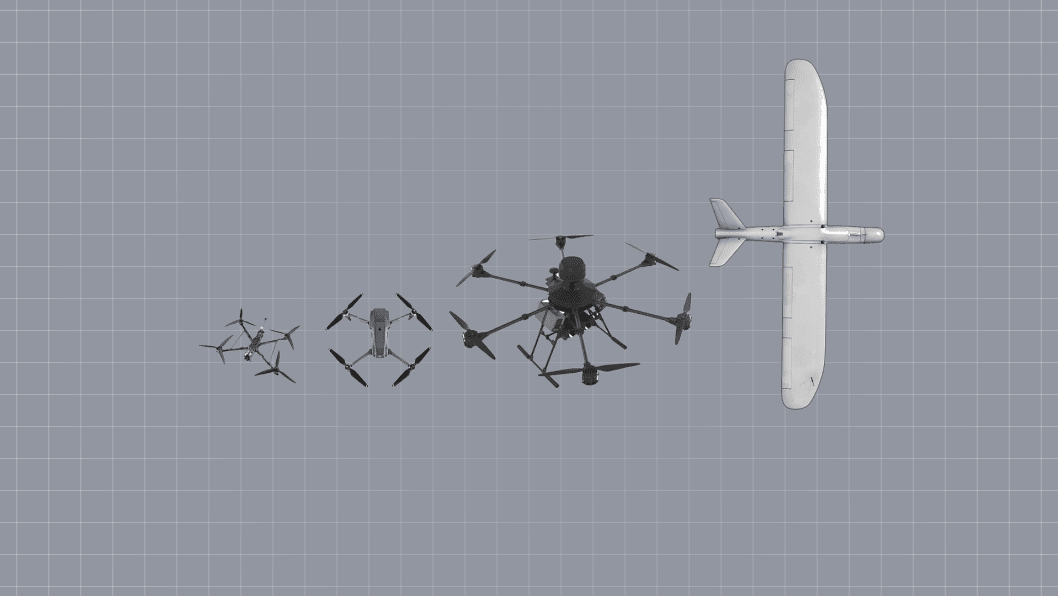- Category
- Latest news
Laser Detection of Fiber-Optic Drone Cables—A Potential Edge for Ukraine’s Forces

Recent research explored the use of lasers to trace fiber-optic cables that control drones, with findings published by Russian Telegram channels. The theory is that a laser-illuminated cable could potentially lead to the drone’s control point. The study, as reported by Militarnyi on April 4, reveals the ongoing exploration of this method to track unmanned aerial vehicles UAV operators.
The use of fiber-optic drones has become more widespread, both Russian and Ukrainian experts are seeking ways to counter these UAV’s. Fiber-optic communication has made strike drones and their operators nearly impervious to electronic warfare and reconnaissance, prompting researchers to explore new tactics.
Russian tests employed a laser flaw detector with a visible fault locator (VFL) function, which is designed to detect breaks in fiber-optic cables, designed to find breaks in fiber-optic cables. The results showed that, while the cable could glow faintly at night, it was not visible enough for a drone to track it using standard daylight cameras.
However, the cable emitted a brighter glow in the infrared spectrum, making it detectable with night-vision equipment or infrared drones.
In response to these findings, the Ukrainian military-tech company DeepStrikeTech, which specializes in fiber-optic drone communication, tested the possibility of using lasers to detect the cables.

Their tests, carried out with a scientific institution, confirmed that external illumination of the cables with a laser did not yield any useful results. The researchers also found that the spectrum used for signal transmission was undetectable by the human eye or specialized cameras.
Viktor, a representative from DeepStrikeTech, explained to Militarnyi, “In my opinion, you can only detect an optical fiber by physically seeing it. We contacted a scientific institution and were unable to find any solutions, because the spectrum in which the signal is transmitted is invisible to the human eye or special cameras.”
The researchers concluded that, while theoretically possible, tracking drone operators using illuminated fiber-optic cables is not practical under typical field conditions. For example, the DJI Mavic 3T, a popular drone used on the front lines, does not see fiber optic cables through either television or thermal imaging channels.

Several key factors make it difficult: the cable must remain intact, the search must occur at night, and it must be done before the drone operator changes positions. The search process, which involves stripping the cable and attaching a defectometer, takes around 10-15 minutes and could be longer in field conditions.
Although the method may hold some value in locating night-time drone operators, experts note that its use in combat is unlikely to become widespread.
As one Military News expert noted to Militarnyi, the rarity of such encounters has reduced the likelihood of success. Moreover, the military has already begun purchasing fiber-optic cables with matte black or green coatings to mitigate the risk.
The discovery of a large cluster of fiber-optic cables by operators of the 15th Kara-Dag Brigade in the war against Ukraine, demonstrated the potential for such detection techniques. This discovery led to a successful strike on the Ukraine’s control point, though such instances remain infrequent.
In related news, the Wolly combat module, a Ukrainian-made remotely operated weapons system, was officially approved for use by the Ministry of Defense in December 2024.
-c6522ae9e5320af1cc92504c0aaa1b34.png)
-554f0711f15a880af68b2550a739eee4.jpg)



-72b63a4e0c8c475ad81fe3eed3f63729.jpeg)


